
| 双语新闻 Bilingual News | 双语对照阅读 分级系列阅读 智能辅助阅读 在线英语学习 |

| 双语新闻 Bilingual News | 双语对照阅读 分级系列阅读 智能辅助阅读 在线英语学习 |
| [英文] [中文] [双语对照] [双语交替] [] |

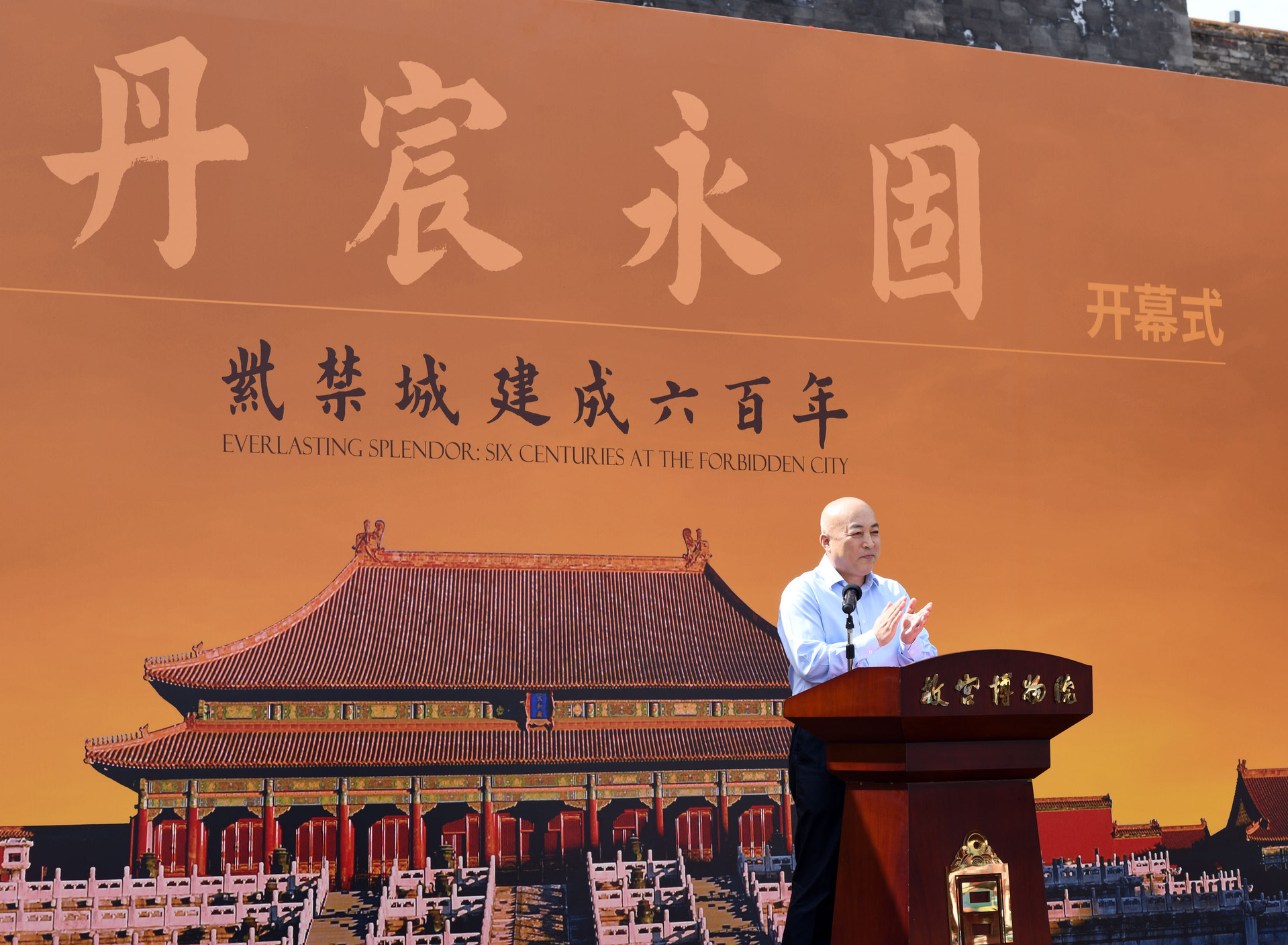 |
| As a tribute to the Forbidden City's 600th birthday, the documentary uses the maintenance and repair of ancient buildings as clues. It embarks on a journey of rediscovery of the Palace Museum from the perspective of the people renovating it, like workers from the Ancient Construction Department, Engineering Department, and Archaeology Department. Similar to its previous season, the second one also covers renovations, however this time it's the Palace itself that is being repaired and renovated. |
| Fun facts of the renovation process filmed in the documentary: |
 |
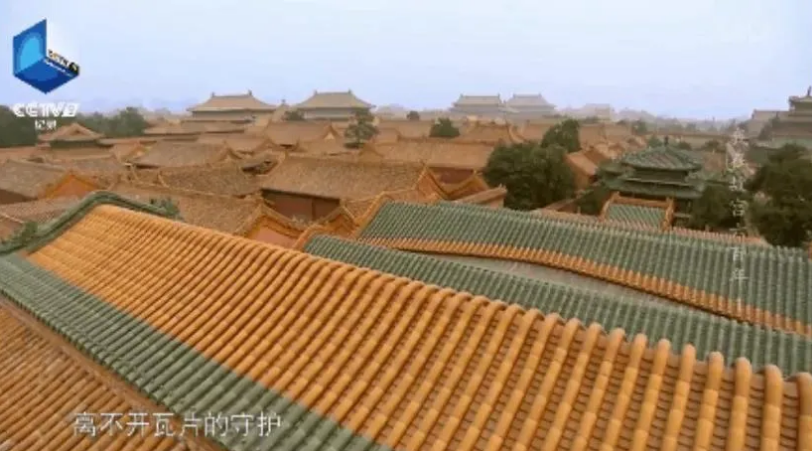 |
| Tall roof ridges and glazed tiles on the top of palace buildings are said to be designed to fight fire, water, wind and rain. A popular folklore saying is that there had never been birds or grass on the roof of the Forbidden City. However, the reality is… |
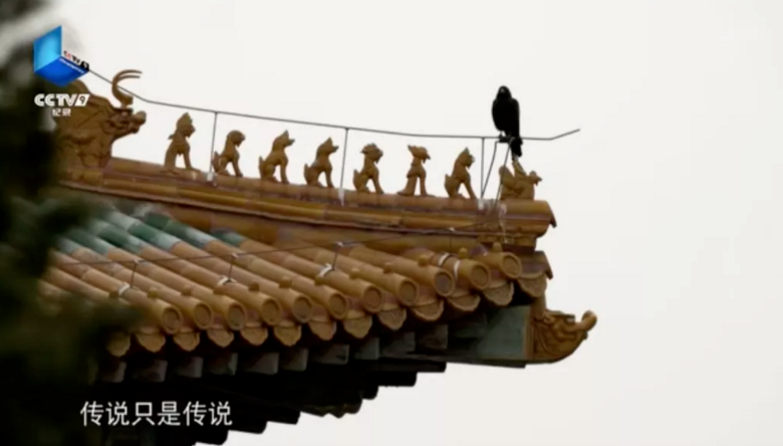 |
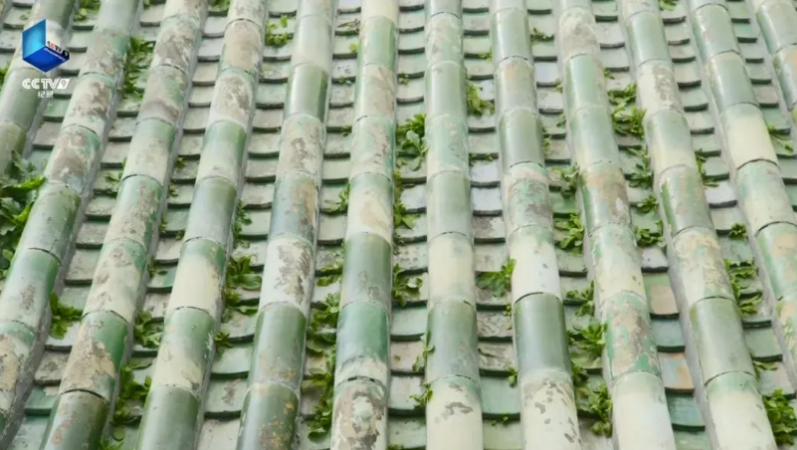 |
| What's more interesting is that the grass growing on the roof of different palaces is varied. For example, on the Hall of Imperial Zenith roof where Emperor Qianlong lived after his retirement, Rehmannia glutinosa often flourishes. This is an ingredient for a typical traditional Chinese medicine. The rooting and sprouting of these weeds will destroy the waterproof system on the top of the Forbidden City. Therefore, since the Qing Dynasty, the Office of Imperial Household would send people to "fly" over the walls every year to weed the roofs. |
 |
| In December 2015, the Hall of Mental Cultivation initiated its first major overhaul in more than a hundred years. Normally, the spine wood in the center of the beam of the main hall would have been stuck inside a row of other roof rafters but experts discovered that the wood was only nailed on the surface. Such approach was totally unqualified for the building standards at that time, but it somehow escaped supervision. The engineer in charge of the repair believes that this kind of "cutting corners" is a sign for the decline of national power in the late Qianlong period. |
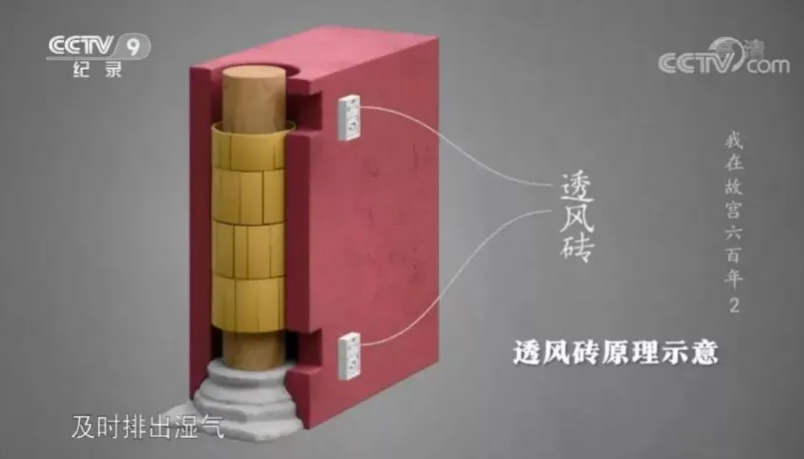 |
| Another anecdote mentioned is the ventilated brick, an ingenious invention of ancient craftsmen. The hollow brick carvings enable better ventilation, which can timely discharge moisture for the wood pillars wrapped in the wall and reduce the possibility of decay. Two years ago, engineers accidentally discovered a "drama list" inside one of the bricks located in the west side wall of the Hall of Mental Cultivation. The list records the shows and casts of court performances in the middle- and late Qing Dynasty, which boasts significant historical value. |
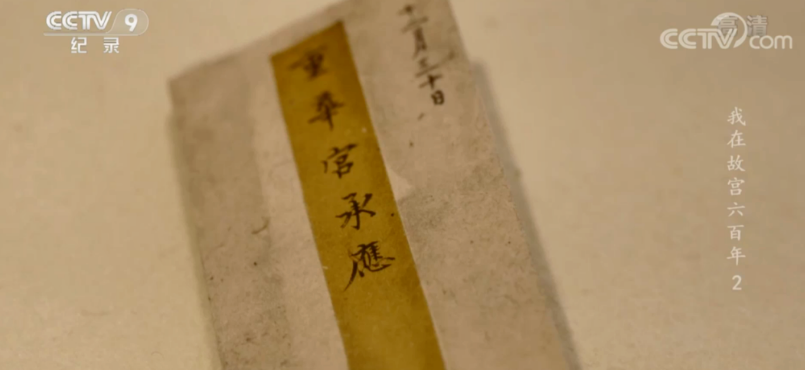 |
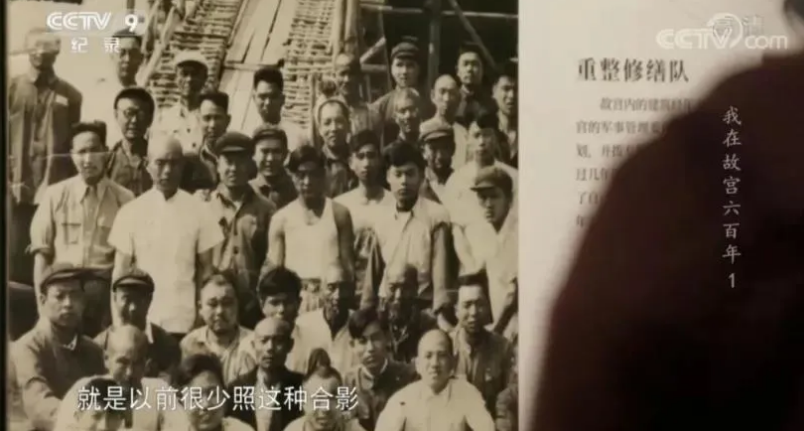 |
| The documentary features both elder craftsmen who have retired and those invited back for guidance, as well as new craftsmen who are still learning their way around. As is well known, the renovations and repairs in the Palace Museum require extensive amounts of energy, time and patience. |
| During the process, the engineers would also mark the date of the old and new objects used in repairs to provide technical clues for the next generation of craftsmen. As stated in the documentary, it is all due to the inheritance of the craftsmen that the eternal youth of the Forbidden City is maintained. In the long passing, it is everyone's dedication that leads to the standing of red walls and yellow tiles with brilliance, which will last through the next 600 years in history. |
 |
OK阅读网 版权所有(C)2017 | 联系我们